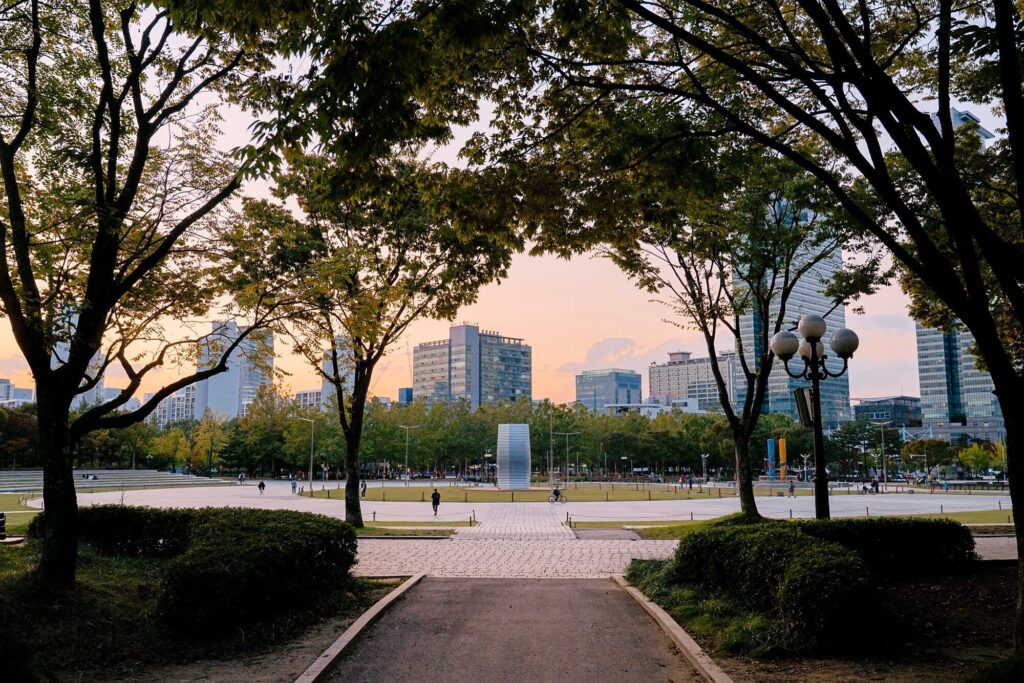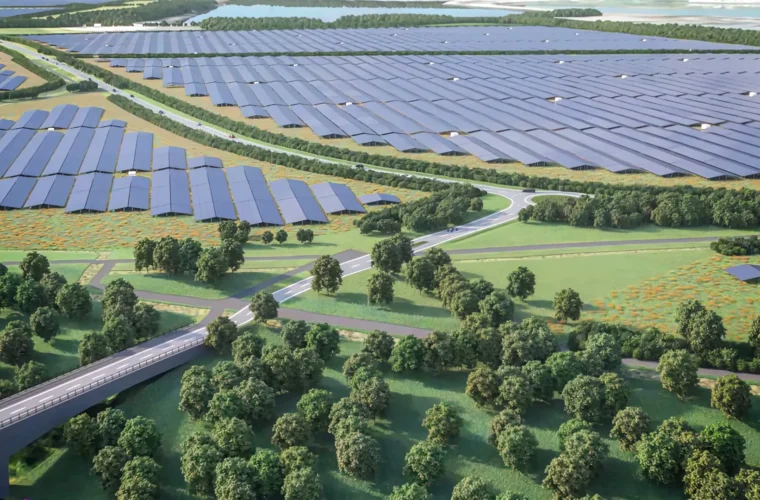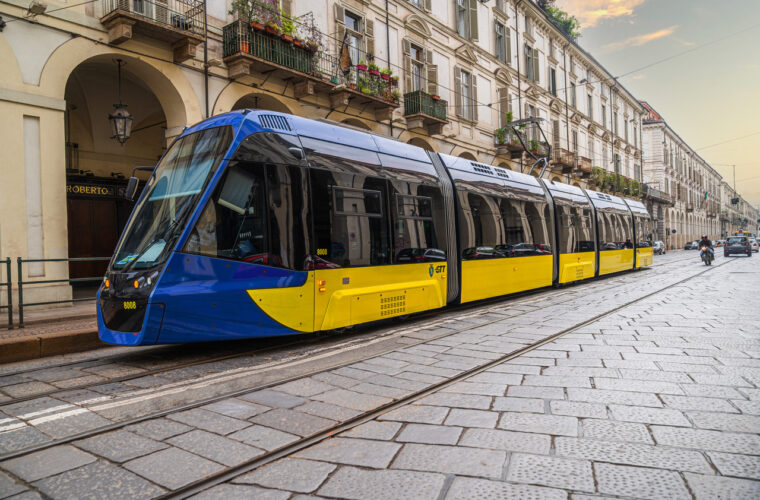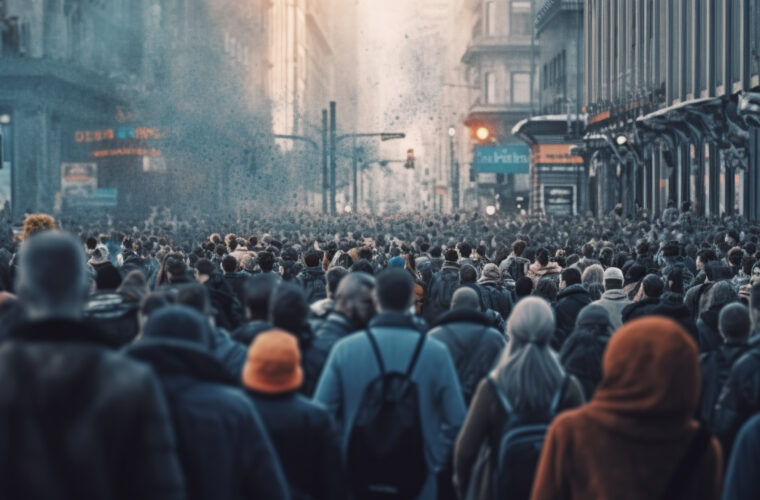Discussion with Studio Roosegaarde on the most important values for our societies
Following my article on the Smog Free Tower, I initiated a discussion with the colleagues of Studio Roosegaarde about several questions that came to my mind as a result of exploring the Smog Free Tower Project. I believe that one of the main impacts of the Smog Free Tower is that it actually calls our attention to the existence of the problem itself, namely, pollution. We were discussing the values of the future and the social responsibility of Studio Roosegaarde.
What are the values upon which Studio Roosegaarde was founded?
There is this Dutch word “Schoonheid” which has two meanings: beauty and creativity, but it also refers to clarity or cleanness as in clean air, clean water, and clean energy. For Daan Roosegaard, the founder, and the Studio, these are the future values of our society. Daan thinks we live in a world where there is not a lack of technology but of imagination of how we want the future to look like. And if we can’t imagine the future, we won’t get there. That is why we are stuck right now, because we are afraid of the unknown. That is why projects such as Waterlicht or Smog Free Project exist: to visualize and activate people about our changing world and become part of the solution, not just feel part of the problem. The projects are prototypes of the ‘city of tomorrow’, bicycles paths which charge during day-time via the sun and glow at night, clean air towers, light emitting algae as new public lights, smog free rings purchased by wedding couples. They are proposals for how we would like to see the world. Not as a utopia, but as a protopia (term by Kevin Kelly), to show, to learn, to fail, and to upgrade the world around us. Creativity is our new capital, something Daan believes strongly. Eventually, we will live in a hyper-technological world, where robots take over some of our roles, meaning that our human skills will become more important. We want to see everybody collaborate, invest in new ideas to survive, and we would like to redefine our goals and our values to become future proof.
How do you come up with new ideas?
Studio Roosegaarde is a social design lab. The Dutch designer, Daan Roosegaarde and his team of designers and engineers connect people and technology in designs that improve daily life in urban environments and spark imagination. We work together with external experts from all over the world.
As Daan said earlier: “I look outside my window and I do not understand society anymore, it is very confusing: traffic jams, air pollution, rising water levels, CO2 emissions. So I can do 2 things; complain, hide in a room and blame somebody else. Or I can say; well we have created this situation,let’s design, let’s engineer our way out of it. In that way I feel like an activist, but not with signs shouting on the streets, but as an activator; showing the beauty and the potential of a sustainable society.”

How important is sustainability regarding your design ideas and products?
We have the ambition to create smart and sustainable cities, and we are honoured to work together with external experts to make this happen in an inspiring way for the world to see. We live with nature, we fight for nature and we try to find harmony.
How do you define Studio Roosegaarde’s social responsibility?
To innovate is to remain faithful to dreams. Be curious, don’t be scared and don’t wait for
someone else to fix a problem. Observe the world with amazement and belief that everything is possible. People won’t change because of facts or numbers, but if we can trigger the imagination of a new world, that’s the way to activate people. New designs need to harness creative thinking to provide practical solutions to clean living. If we all were curious and caring for the future we would do a lot better.
What impact are you expecting from your own designs and products?
There is this book called “Drawdown” by Paul Hawken in which you can find around 150 inventions to reverse climate change. We are not implementing the ideas…But why not? At the Studio we make projects that show that something could be done right now. The key is about making new connections and making them contemporary again. Often sustainability is defined as doing less: fewer cars and less flying for example. I prefer to do more, not less. All our projects are possible prototypes for the cities of tomorrow. Whether it is our Smog Free Project; a campaign against air pollution, Gates of Light for reusing energy that is all around us, or Space Waste Lab, a multi-year living lab with the European Space Agency to capture space waste and upcycle it into sustainable products. These create an impact: they are here today for you to see.
Would you please describe the main attributes of the Smog Free Tower?
The Smog Free Tower uses patented positive ionisation technology to produce smog free air in public spaces, allowing people to breathe and experience clean air for free. It is equipped with environment-friendly technology, cleans 30,000 m3 per hour and uses a small amount of green electricity. The Smog Free Tower provides a local solution for clean air in parks for example.
When and how was the first idea of the Smog Free Tower born?
Daan Roosegaarde visited the city of Beijing in China, where he had a first-hand experience on how serious air pollution is. He thought it would be wonderful to create clean places in the city that would be good for people, for example by shooting a hole in the smog layer above a park in Beijing.
How would you describe the importance of the Smog Free Tower regarding our future?
The question symbolized by the project is: what is the price of clean air? Is living six to eight years longer not worth the effort? Would we like our children to have lung cancer when they are five years old? We live in an economic-centered world, which is about money and time. However, the new values of the future are clean water, clean air, and clean energy and this is why the Smog Free Tower has a great significance.
How many Smog Free Towers have you implemented so far? Which countries are planning to have one?
We have done Smog Free Projects in Korea, China, Netherlands, Poland and we are now focusing on Mexico and India.
What other, similar solutions should be implemented to address pollution in cities?
When designing cities, products or a landscape, “schoonheid” should be the guideline – a Dutch word meaning both beauty and cleanliness – to create things that are wonderful to look at and use while they improve the world we live in.
What similar ideas, products, and projects are you currently working on?
Recently we have launched Urban Sun, which cleans public spaces of coronavirus in the air.




